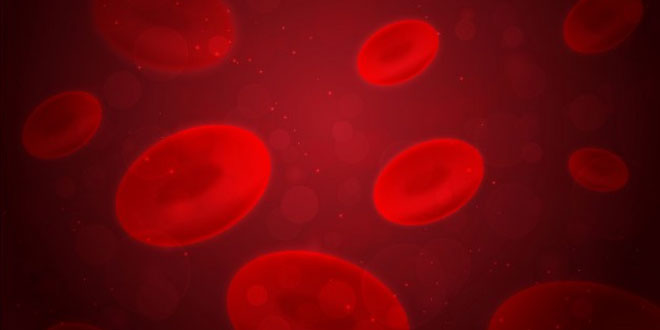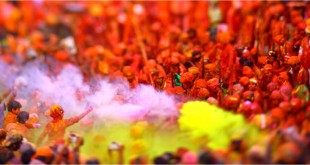Learn More:
Blood is a combination of plasma and cells that circulate through the entire body. It is a specialized bodily fluid that supplies essential substances around the body, such as sugars, oxygen, and hormones.
It also removes waste from the cells in the body.
Hematologists work to identify and prevent blood and bone marrow diseases, as well as studying and treating the immune system, blood clotting, and the veins and arteries.
In the United States (US), blood diseases accounted for between 9,000 and 10,000 annual deaths from 1999 to 2010. This constitutes less than one percent of total deaths from disease.
Fast facts on blood:
- Blood transports oxygen and nutrients around the body and removes cellular waste, among a range of other vital functions.
- Plasma makes up 55 percent of blood content. The other 45 percent consists mainly of red blood cells and platelets.
- Blood groups are categorized based on the antibodies and antigens in the cell. Receiving an incompatible blood donation can lead to fatal complications.
- Anemia, blood cancer, and clots are all potential disorders of the blood.
Structure:
Blood consists of plasma, red and white blood cells, and platelets.
Plasma: This constitutes approximately 55 percent of blood fluid in humans.
Plasma is 92 percent water and the contents of the remaining 8 percent include:
- carbon dioxide
- glucose
- hormones
- proteins
- mineral salts
- fats
- vitamins
The remaining 45 percent of the blood mainly consists of red and white blood cells and platelets. Each of these has a vital role to play in keeping the blood functioning effectively.
Purpose of blood: Functions
Blood has a number of functions that are central to survival, including:
- supplying oxygen to cells and tissues
- providing essential nutrients to cells, such as amino acids, fatty acids, and glucose
- removing waste materials, such as carbon dioxide, urea, and lactic acid
- protecting the body from infection and foreign bodies through the white blood cells
- transporting hormones from one part of the body to another, transmitting messages, and completing important processes
- regulating acidity (pH) levels and body temperature
- engorging parts of the body when needed, for example, a penile erection as a response to sexual arousal
Another important function of the blood is its protective action against disease. White blood cells defend the body against infections, foreign materials, and abnormal cells.
The platelets in blood enable the clotting, or coagulation, of blood. When bleeding occurs, the platelets group together to create a clot. The clot becomes a scab and stops the bleeding, as well as helping to protect the wound from infection.
Purpose of blood: Groups
Blood groups categorize blood based on the presence and absence of certain antibodies. The groupings also take into account antigens on the surface of the blood cells.
Antibodies are proteins in plasma that alert the immune system to the presence of potentially harmful foreign substances. The immune system will attack the threat of disease or infection. Antigens are protein molecules on the surface of red blood cells.
When giving or receiving organ donations or blood transfusions, the blood group of an individual becomes extremely important. Antibodies will attack new blood cells if they have an unrecognizable antigen, and this can lead to life-threatening complications. For example, anti-A antibodies will attack cells that have A antigens.
RBCs sometimes contain another antigen called RhD. This is also noted as part of the blood group. A positive blood group means that RhD is present.
Humans can have one of four main blood groups. Each of these groups can be Rhd positive or negative, forming eight main categories.
- Group A positive or A negative: A antigens are found on the surfaces of blood cells. Anti-B antibodies are found in the plasma.
- Group B positive or B negative: B antigens are found on the surfaces of blood cells. Anti-A antibodies are found in the plasma.
- Group AB positive or AB negative: A and B antigens are found on the surfaces of blood cells. There are no antibodies are found in the plasma.
- Group O positive and O negative: There are no antigens are found on the surfaces of blood cells. Both anti-B and anti-A antibodies are found in the plasma.
Group O blood can be given to people of virtually any blood type, and people with Group AB+ blood can generally receive blood from any group. Talk to your doctor to find out your blood type. If you donate blood, a doctor can also tell you your blood type.
Blood groups are important during pregnancy. If a woman has RhD negative blood, for example, but her fetus inherits RhD positive blood from the father, treatment will be needed to prevent a condition known as hemolytic disease of the newborn (HDN).
 Kids Portal For Parents India Kids Network
Kids Portal For Parents India Kids Network







